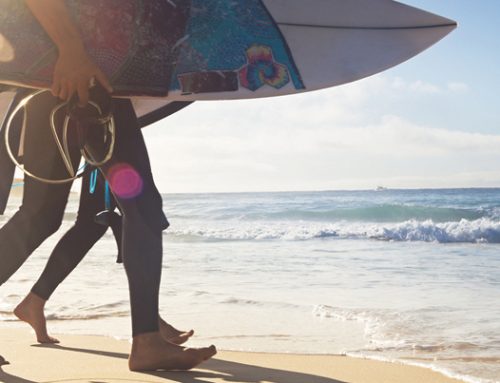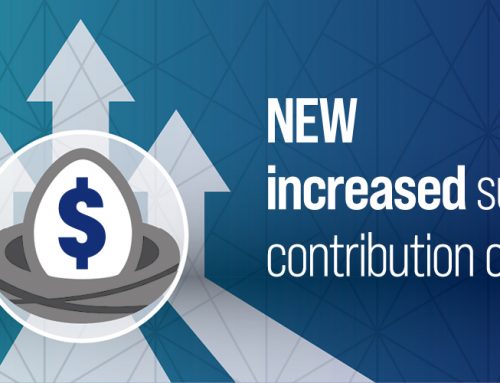After an eventful summer of weather extremes, on-again off-again lockdowns and the swearing in of a new US President, many will be hoping that Autumn ushers in a change of more than the season. As the vaccine rollout begins, there are also promising signs that economic recovery may be earlier than expected.
Australia’s economy has improved and the downturn was not as deep as feared. That was the message Reserve Bank Governor Philip Lowe delivered to Parliament on February 5, citing strong employment growth, retail spending and housing. Unemployment fell from 6.6% to 6.4% in January, although annual wage growth remains steady at a record low of 1.4% after a 0.6% increase in the December quarter. Retail trade rose 0.6% in January, 10.7% higher than a year ago. While home lending jumped 8.6% in December. This helped fuel the 3% rise in national home values in the year to January, led by a 7.9% increase in regional prices.
Business and consumer sentiment is also improving. The NAB Business Confidence Index was up from 4.7 points to 10.0 points in January, although 60% of businesses say they are not interested in borrowing to invest. Halfway through the corporate reporting season, 87% of ASX200 companies reported a profit in the December half year, although earnings were 14% lower in aggregate while dividends were 4% higher. The ANZ-Roy Morgan Consumer Confidence rating eased slightly in February but is still up 67% since last March’s low.
Higher commodity prices lifted the Aussie dollar to a three-year high. It closed the month around US78.7c, on the back of a 31% rise in crude oil prices and an 8.5% lift in iron ore prices in 2021 to date.

Making your savings work harder
With tax cuts and stimulus payments on the way, Treasurer Josh Frydenberg is urging us to open our wallets and spend to kick start the national economy. But if your personal balance sheet could do with a kick along, then saving and investing what you can also makes sense.
One positive from this COVID-19 induced recession, is that it has made many of us more aware of the importance of building a financial buffer to tide us over in lean times. Even people with secure employment have caught the savings bug.
According to the latest ME Bank Household Finance Confidence Report, 57 per cent of households are spending less than they earn. This is the highest percentage in almost a decade.i
More troubling however, was the finding that one in five households has less than $1,000 in savings, and only one third of households could maintain their lifestyle for three months if they lost their income.
Whatever your financial position, if saving is a priority the next step is deciding where to put your cash.
Banking on low interest
Everyone needs cash in the bank for living expenses and a rainy day. If you’ve been caught short this year, then building a cash buffer may be a priority.
If you have a short-term savings goal such as buying a car or your first home within the next year or so, then the bank is also the best place for your savings. Your capital is guaranteed by the Government so there’s no risk of investment losses.
But with interest rates close to zero, the bank is probably not the best place for long-term savings. So once your need for readily accessible cash is covered, there are more attractive places to build long-term wealth.
Pay down your mortgage
A question often asked is whether it’s better to put savings into super or your mortgage. Well, it depends on factors including your age, personal circumstances and preferences, interest rates and tax bracket.
If you have a mortgage, then making extra repayments can reduce the total amount of interest you pay and cut years off the life of your loan. This strategy has the most impact for younger people in the early years of a 25 to 30-year loan.
If your mortgage has a redraw or offset facility, you can still access your savings if you need cash for an emergency or home renovations down the track. This may be a deciding factor if retirement is a long way off.
Boost your super
Making extra super contributions is arguably the most tax-effective investment, especially for higher income earners.
Even so, super is likely to be more attractive as you get closer to retirement, the kids have left home, and your home is close to being paid off.
You can make personal, tax-deductible contributions up to the annual cap of $25,000. Be aware though that this cap includes super guarantee payments made by your employer and salary sacrifice amounts.
You can also make after-tax contributions of up to $100,000 a year up to age 75, subject to a work test after age 67.
Invest outside super
If you would like to invest in shares or property but don’t want to lock your money away in super until you retire, then you could invest outside super.
If you are new to investing, you could wait until you have saved $5,000 or so in the bank and then buy a parcel of shares or an exchange-traded fund (ETF). ETFs give you access to a diversified portfolio of investments in a particular market, market sector or asset class.
First home buyers might consider the Federal Government’s expanded First Home Loan Deposit Scheme with as little as 5 per cent deposit. There are limited packages available and price caps on the home value, depending on where you live.
With tax cuts set to flow and a new appreciation of the importance of financial security, now is the perfect time to start a savings plan. Contact our office if you would like to discuss your savings and investment strategy.
Robert Sekulovski of The Wealth Quay is an Authorised Representative of RI Advice Group Pty Ltd, ABN 23 001 774 125 AFSL 238429. This editorial does not consider your personal circumstances and is of a general nature only – unless otherwise stated. You should not act on the information provided without first obtaining professional financial advice specific to your circumstances.





